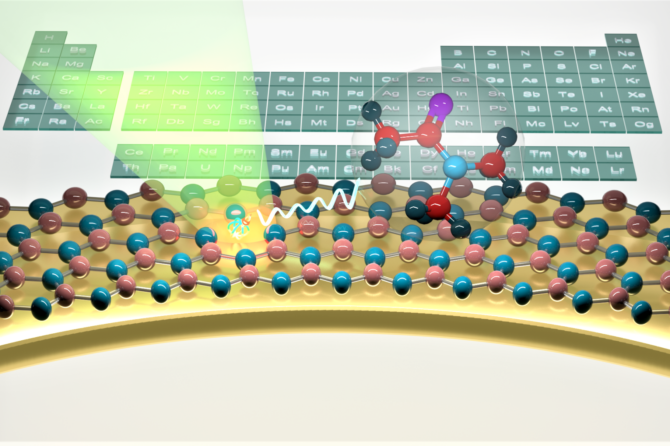Researchers at North Carolina State University have developed an innovative approach allowing quantum computers to determine thermodynamic properties by calculating zeros of the partition function. This method represents a significant breakthrough in measuring complex properties like free energy and entropy that have previously been challenging to calculate.
Led by associate professor Lex Kemper, the research team tackled one of quantum computing’s persistent challenges—efficiently scaling calculations of thermodynamic properties to larger systems. Rather than directly calculating entropy, which poses substantial computational difficulties, they focused on measuring partition function zeros.
The partition function serves as a fundamental mathematical tool in statistical mechanics, describing a system’s properties at thermodynamic equilibrium. By identifying where this function equals zero, researchers can reconstruct the entire function, which then allows them to derive various thermodynamic properties through mathematical operations.
What makes this approach particularly valuable is its efficiency. “This is a way to use a quantum computer to get at all the thermodynamic properties of a system without necessitating huge numbers of quantum computations,” explains Kemper. The team employed a clever mathematical mapping between complex magnetic fields and time evolution to locate these zeros in the complex plane.
To validate their method, the researchers performed calculations on both conventional computing systems and a trapped ion quantum computer at the University of Maryland, with both approaches producing comparable results. This successful demonstration confirms the technique’s viability across different computing platforms.
The significance of this work extends beyond just computational efficiency. By circumventing the direct calculation of entropy and instead focusing on the partition function as a generating function, the researchers have potentially opened new pathways for studying complex systems that were previously computationally prohibitive.
This advancement could enable scientists to investigate the thermodynamic properties of more complex systems, with applications potentially spanning materials science, chemistry, and other fields where understanding thermodynamic behavior is crucial.
Reference: Akhil Francis, Daiwei Zhu, Cinthia Huerta Alderete, Sonika Johri, Xiao Xiao, James K. Freericks, Christopher Monroe, Norbert M. Linke, Alexander F. Kemper. Many-body thermodynamics on quantum computers via partition function zeros. Science Advances, 2021; 7 (34): eabf2447 DOI: 10.1126/sciadv.abf2447





